Responsible Artificial Intelligence (Responsible AI) is an approach to developing, deploying, and managing AI systems in a way that ensures they are safe, trustworthy, ethical, and aligned with human values. As AI technologies continue to evolve and integrate into various industries, the need for responsible practices has become more crucial than ever. Key Pillars of […]


